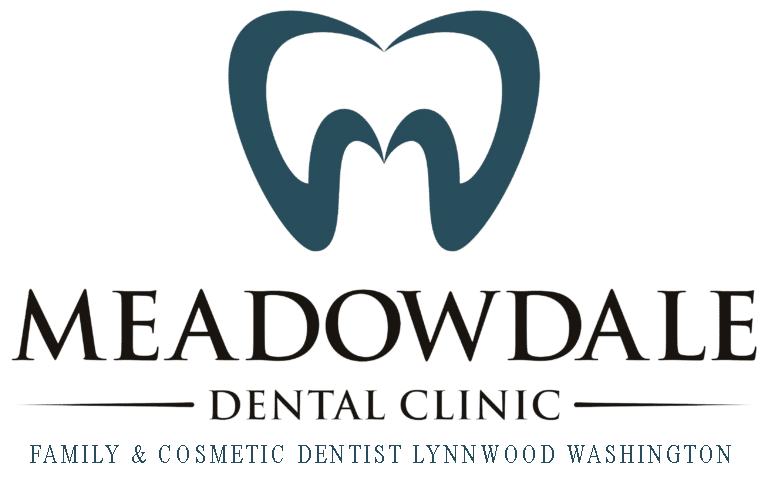Fix Chipped Teeth
Your teeth do have one of the hardest tissues in the human body to protect them but their enamel is not unbreakable. Once you have chipped your tooth from biting down on hard food like ice or nuts, the enamel has been compromised. Without the defense from the enamel, your chipped tooth is vulnerable to infections, decay and pain. Even if your tooth was chipped accidentally, there are steps you can take at home before your appointment with the dentist to prevent further problems or damage.
What to Do for a Chipped Tooth
While you can take some actions to help address the discomfort from a chipped tooth, it is important to make an appointment with the dentist to avoid more serious dental problems in the future. No matter the reason for your chipped tooth, both you and the dentist can prevent infection, pain and even tooth loss.
5 Ways to Help a Chipped Tooth at Home
- Use warm salt water to rinse your mouth to reduce the potential of infection.
- Use ibuprofen, acetaminophen, naproxen or another over the counter pain reliever to help your mouth feel more comfortable.
- If your chipped tooth has a sharp edge or a jagged margin, you can use a piece of sugarless gum or paraffin wax to protect the inside of your mouth and tongue.
- Dentemp is a product you can purchase at drugstores or pharmacies to help your chipped tooth temporarily before your appointment with the dentist.
- When you eat or drink while your tooth is chipped, choose soft food and drinks that are not too hot or too cold. Take care to not use the chipped tooth to chew to avoid causing more damage.
How Do Dentists Fix a Chipped Tooth?
When you have chipped your tooth, it is important to make an appointment with the dentist to repair the tooth and prevent more serious dental issues. The dentist has a variety of treatment options for you, depending on where the damage is located and how damaged the tooth is. In most cases, the dentist will be able to address the chipped tooth in one visit by using one of the following methods:
- Filling or Bonding
You are probably already familiar with dental fillings and bonding and may already have some in experience with those treatments. The dentist can use these procedures if the damage to your tooth is minimal or you have chipped a small piece of enamel off your tooth. Fillings and bonding use a variety of materials and the dentist can employ a tooth colored composite resin to blend the repair in with the rest of your teeth. There is minimal discomfort and pain with these treatments and many people do not need the dentist to numb the area during the procedure.
- Dental Cap or Crown
If you have chipped a large portion of your tooth or damaged a large portion of the surface of the tooth, the dentist may recommend a dental crown. The dentist will file down the remaining portion of the tooth, attach the crown with a permanent adhesive and your tooth will be protected and strengthened by the crown. The dentist may need to combine the crown with a root canal treatment, if there is damage to the tooth near the gum line. The root canal will treat any infection of the tooth’s pulp in the gums and then the crown will help prevent the infection from returning.
- Dental Veneers
Like a dental crown, a dental veneer can improve the appearance of a damaged tooth. Veneers are most commonly used to improve the shape, color and overall appearance of your front teeth. They are secured to the surface of your natural tooth and can dramatically change your smile.
More on Fixing Teeth : Fix Tooth Aches and Pains
